6 Reasons Google Pixel 6 Was Peak Pixel (Don’t Hate Me)
Contents
Google needed a win after the somewhat underwhelming Pixel 5. It needed to prove it could deliver a phone that wasn’t just “good enough” but truly exceptional. Enter the Pixel 6. It was a rare moment when I felt like Google got everything right. It was a bold departure from Google’s previous smartphone iterations. The Pixel 6 debuted a refreshing design with two-tone colorways, housed the all-new Tensor chip, a new camera sensor, and several other perks to stand out. For me, it wasn’t just a spec bump but the definitive peak of the Pixel line.
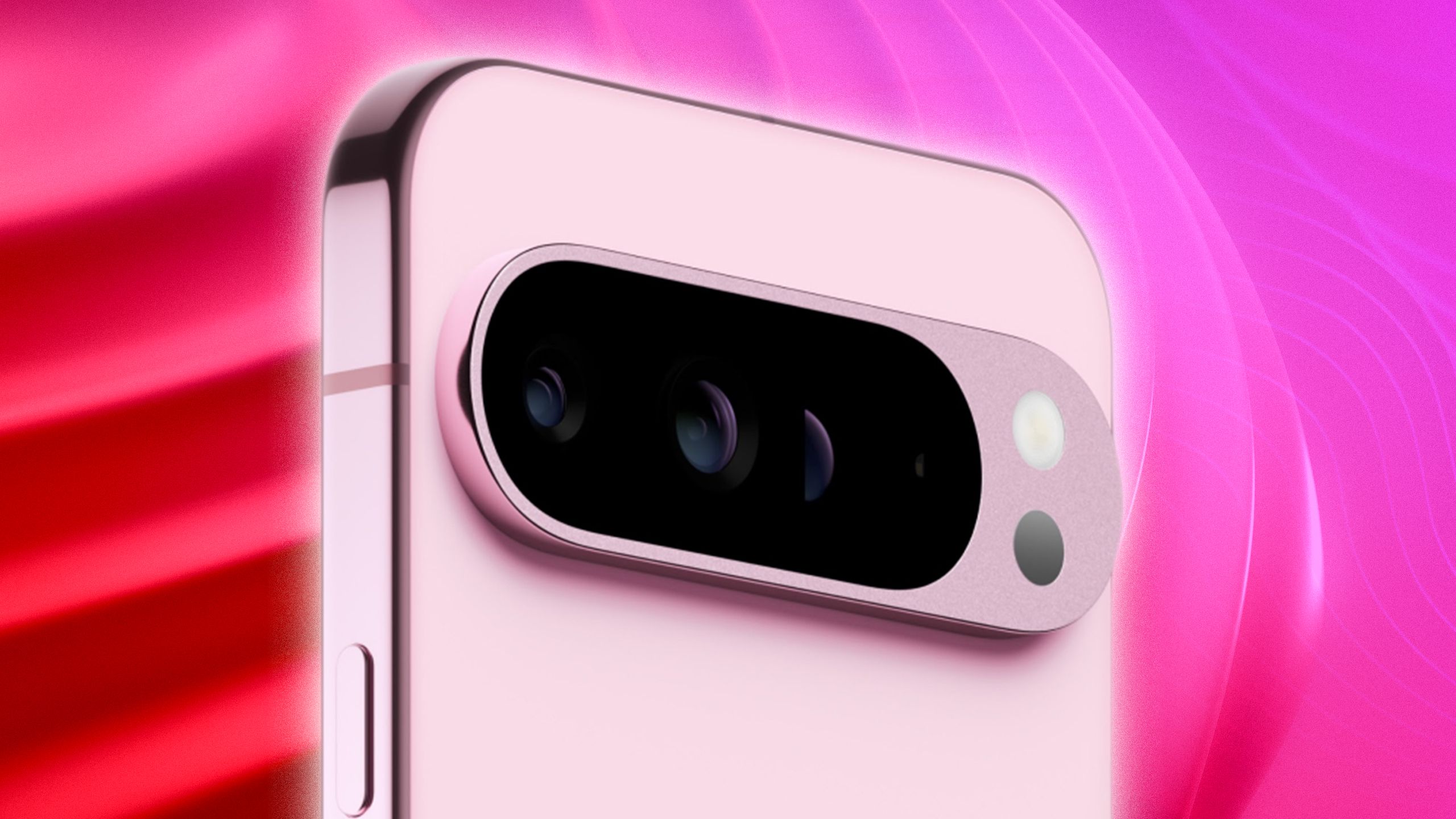
Related
6 A refreshing design
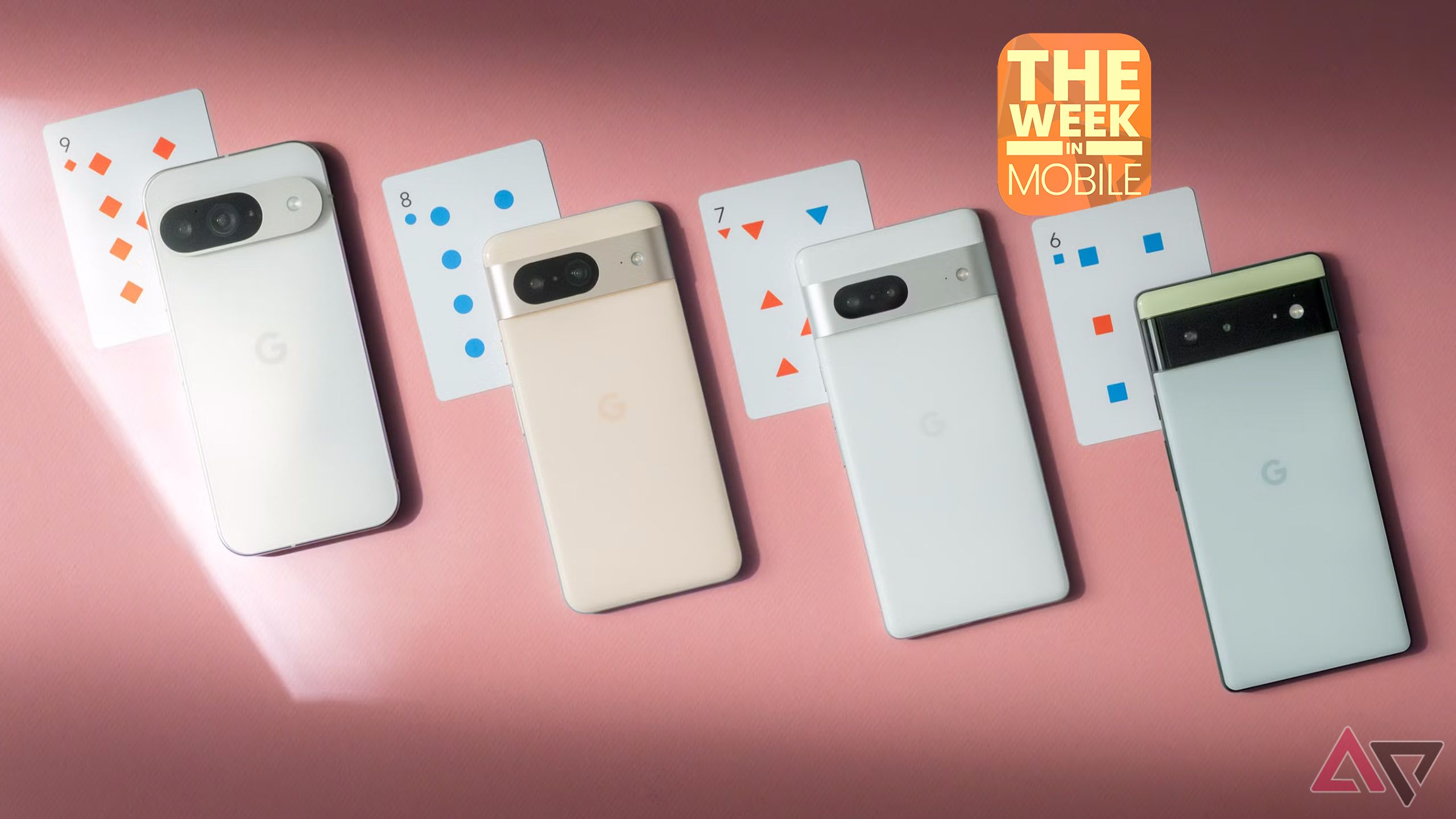
The Pixel 6’s design was a breath of fresh air, a stark departure from the familiar. The most striking element was the horizontal camera bar spanning the phone’s rear. This design choice wasn’t just aesthetic. It was a thoughtful implementation. It offered a unique, instantly recognizable look that set the Pixel 6 apart from the sea of generic smartphone designs.
More importantly, it laid the foundation for future Pixel models by providing ample space for Google to integrate multiple camera sensors without altering the Pixel series’ core visual identity. Beyond the camera bar, the Pixel 6’s overall build quality was a leap forward from the Pixel 5. It felt premium with a glass-metal sandwich. This blend of premium feel and unique design marked a new chapter for Pixel.
5 Debuted Tensor CPU
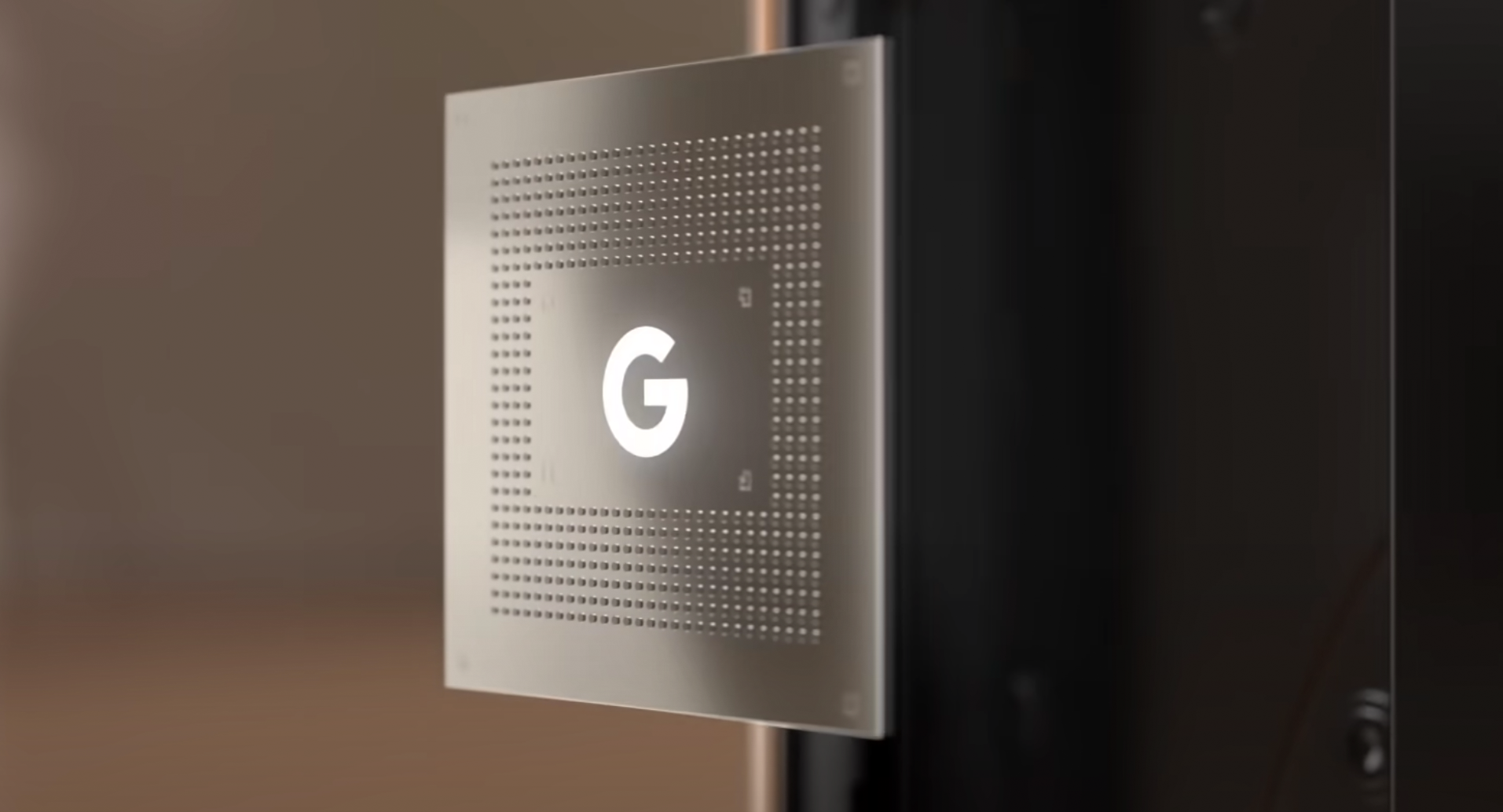
The Pixel 6 marked a major moment in Google’s smartphone strategy with the debut of the Tensor CPU. After relying on Qualcomm’s Snapdragon processors for years, Google took a bold leap with its in-house silicon. This decision was more than a spec change.
It was a step towards achieving the kind of vertical integration that has long been Apple’s hallmark. This level of control, where a single company manages the hardware, software, and core processing unit, allows for better flexibility and optimization. The Tensor CPU was designed with Google’s needs in mind, particularly its focus on AI and machine learning. This allowed the Pixel 6 to excel in tasks like on-device language processing and advanced camera features.
The Tensor G1 wasn’t the fastest or the most efficient CPU on the market. Still, it laid the path for the future Tensor CPUs in the Pixel family.
4 Color options were spot-on
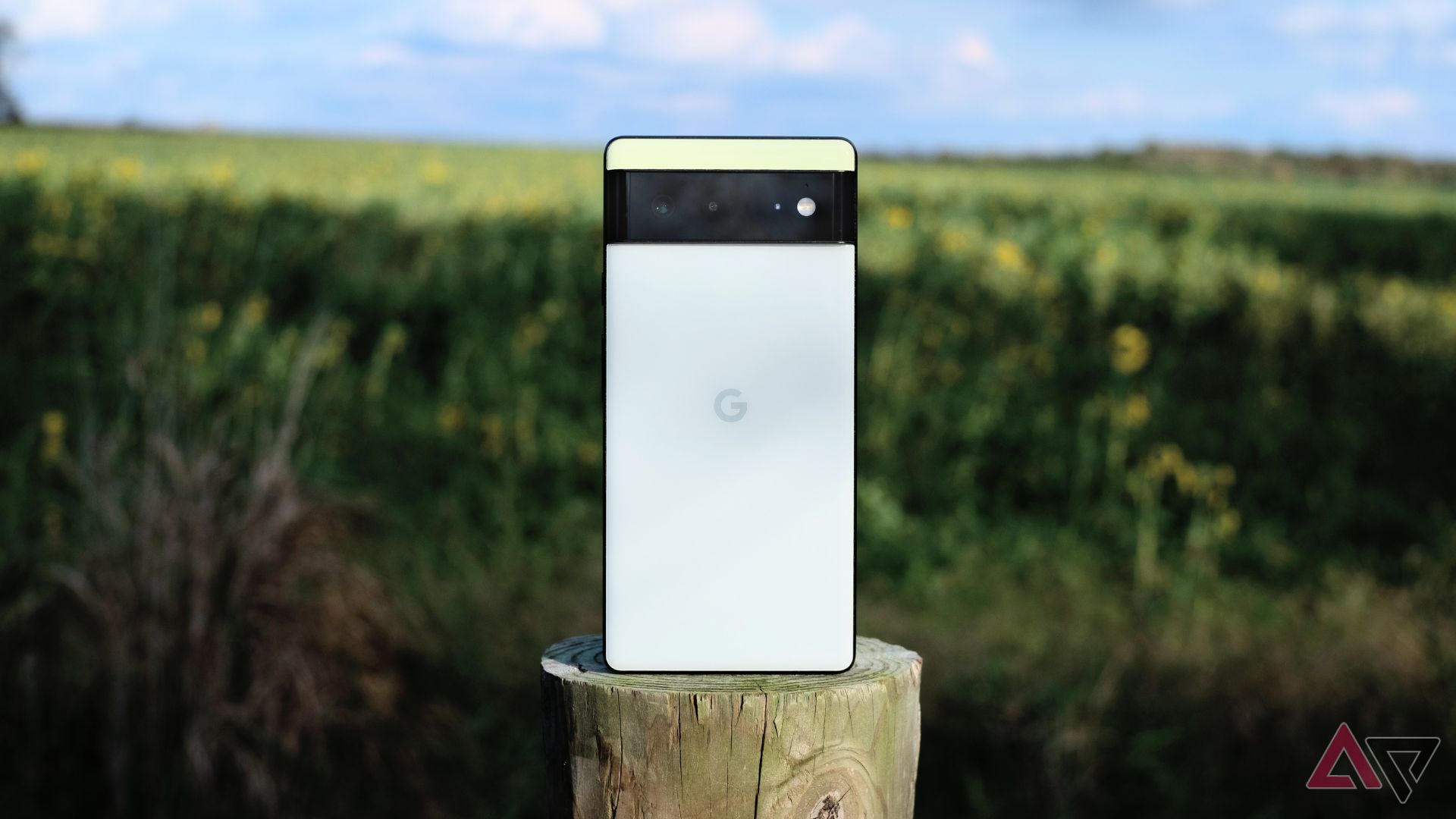
The Pixel 6’s color choices were a highlight. It shows Google’s ability to create distinctive aesthetics. While the standard Stormy Black offered a classic option, the Kinda Coral and Sorta Seafoam variants were the real standouts, largely thanks to their unique dual-tone designs. These carefully selected color pairings gave the Pixel 6 a personality that felt fresh and unique in a market saturated with predictable hues.
It’s a shame that recent Pixel models have leaned towards more muted and generic colors. While those tones may be safe, they lack the spark. Many users, myself included, miss the days when Google experimented with bold and interesting colors.
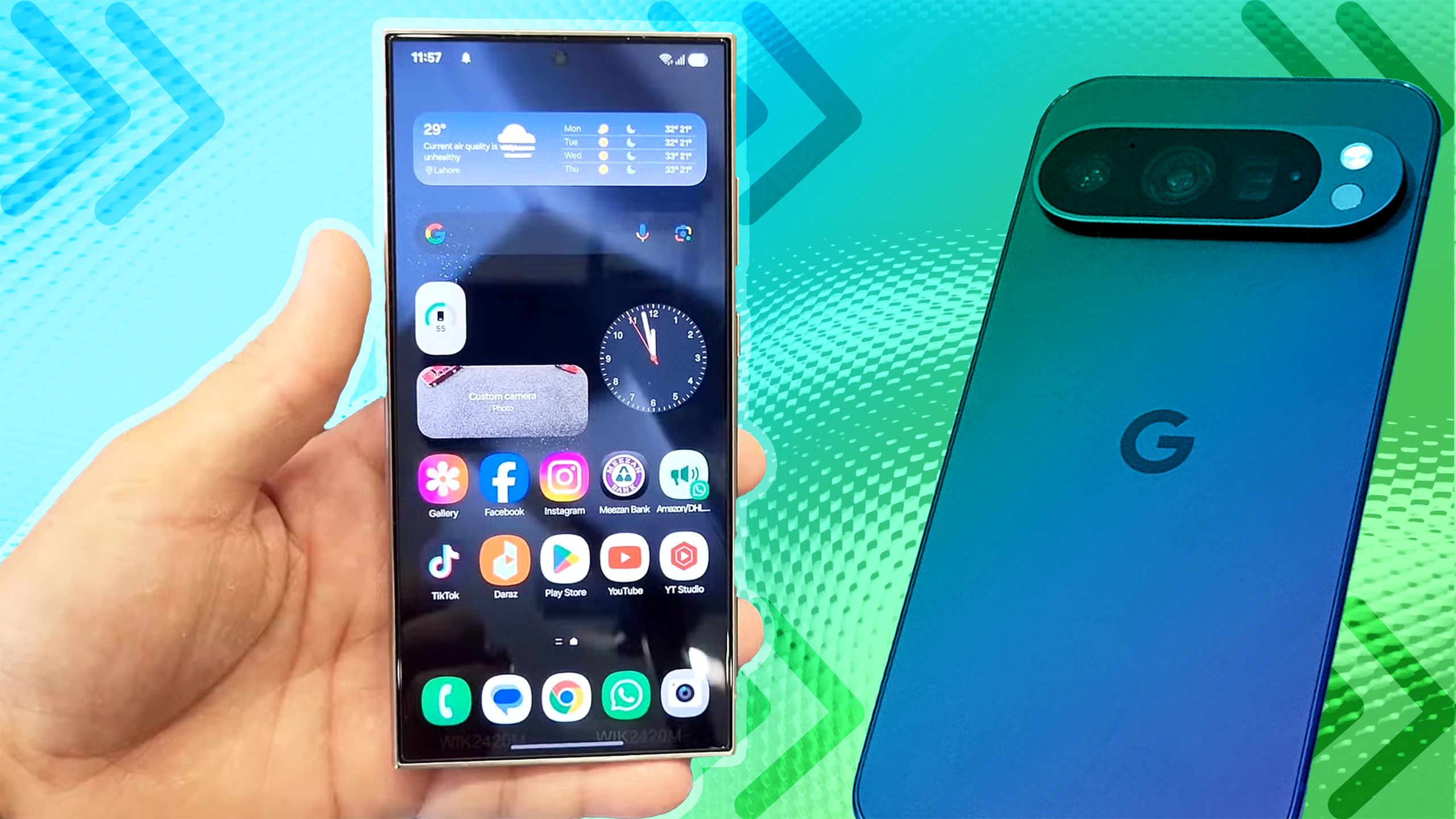
Related
3 Introduced a new camera sensor
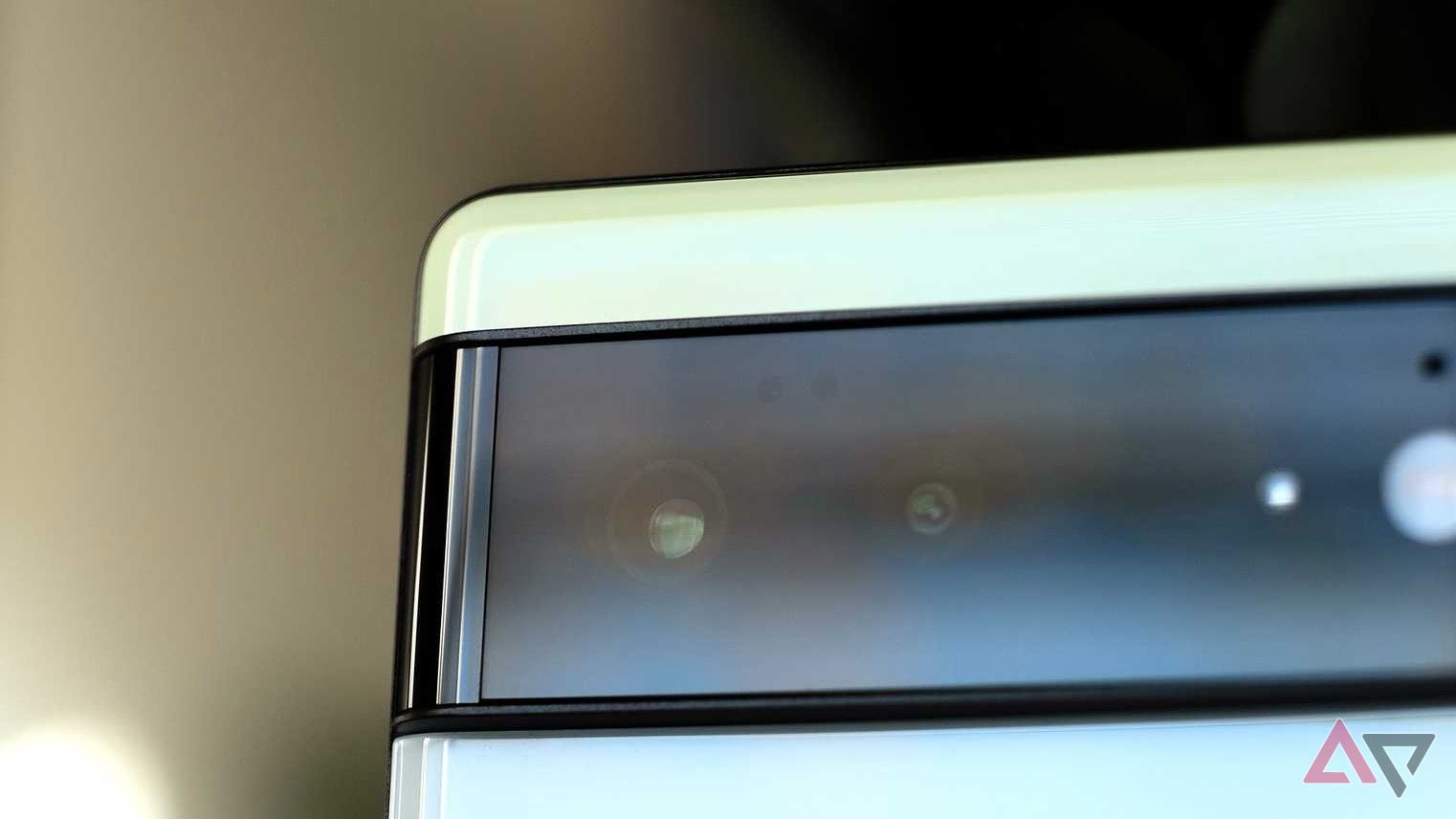
The Pixel 6 debuted a brand-new 1/1.31-inch primary sensor with 50MP resolution. This was a welcome change after years of Google relying on the same, albeit well-optimized, sensor in its Pixel lineup. For years, Google has proven that software and computational photography could compensate for older hardware.
However, with the Pixel 6, Google embraced the power of a larger, more capable sensor. This upgrade provided a foundation for even more impressive image quality.
2 Excellent software update policy
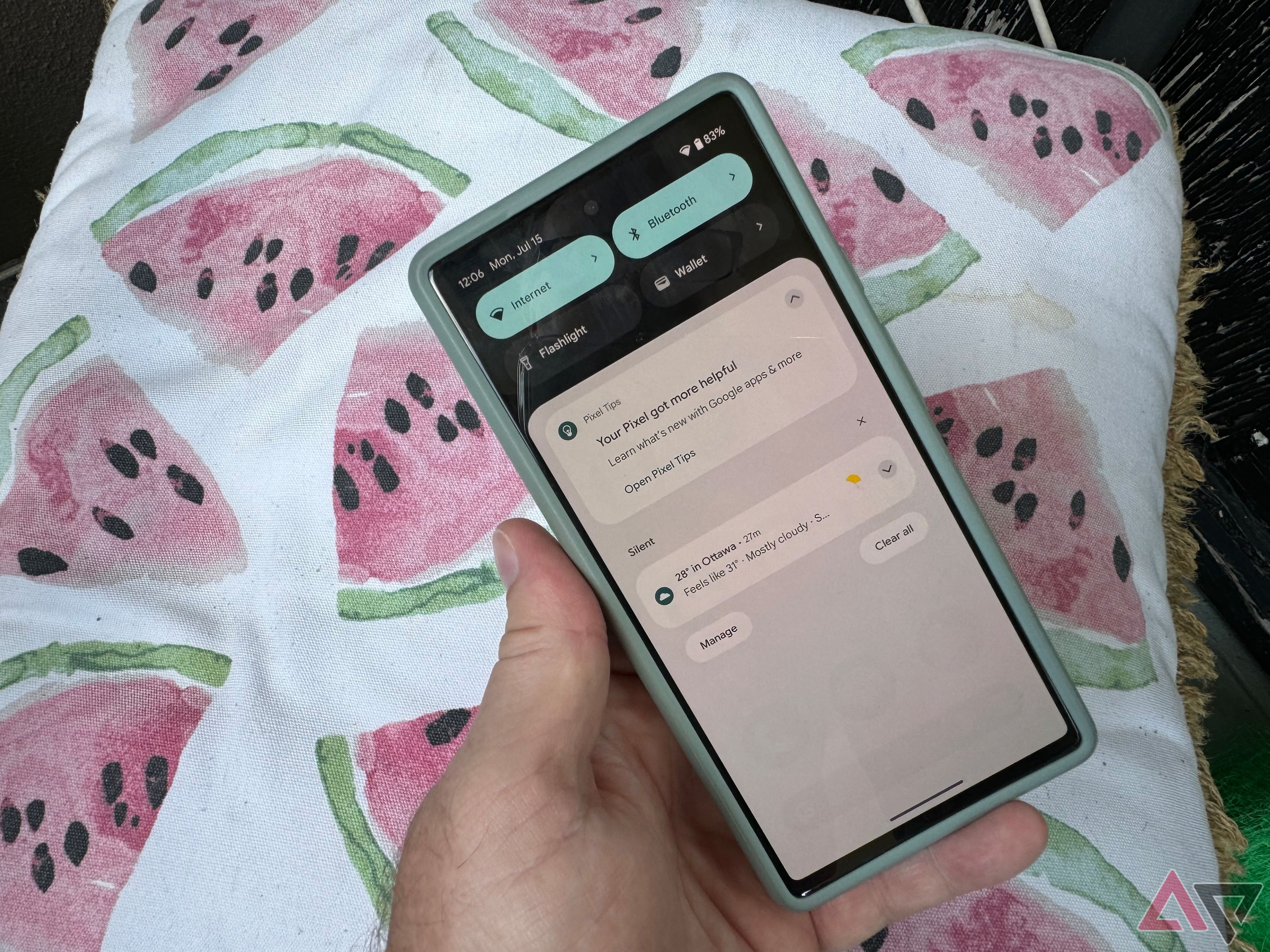
Released in late 2021, Google promised three years of OS updates for the Pixel 6 series (up to Android 15). However, Google went above and beyond expectations. In a move that delighted Pixel 6 owners, Google unexpectedly extended the OS update support by an additional two years.
This meant the Pixel 6 would receive Android 16 and Android 17, pushing its support lifespan to October 2026. This extended support provided users with peace of mind and increased the device’s resale value. Check out our post to learn how Google added extra Android updates to the Pixel 6 and Pixel 7 series.
1 It wasn’t pricey either
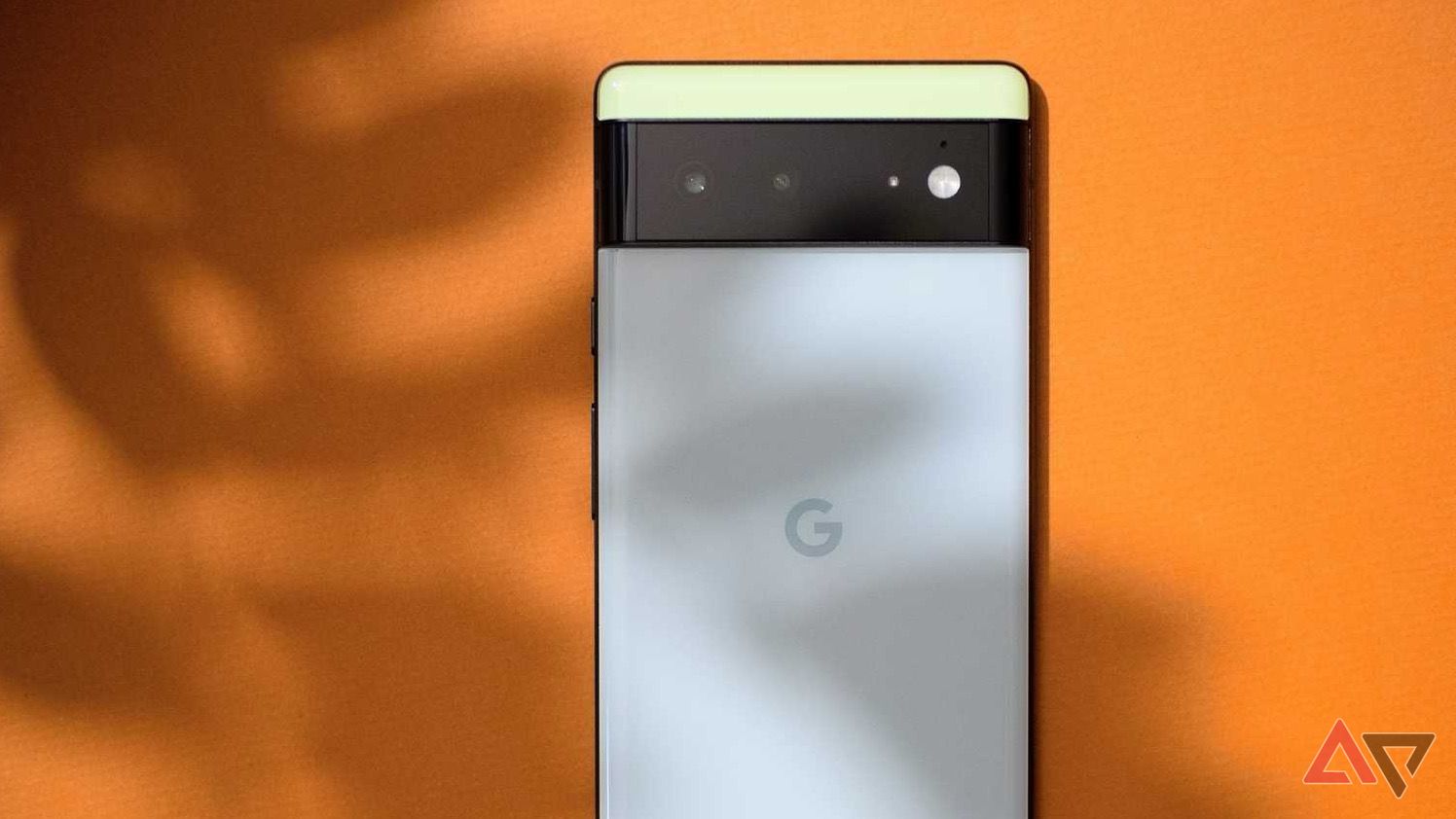
Despite packing a punch with flagship-level features, the Pixel 6 launched at an affordable price of $600. With a flagship Tensor CPU, IP68 certification, OLED display, premium build, and a stellar 50-megapixel main camera, the Pixel 6 ticked all the essential boxes. Besides, the Pixel 6’s excellent, now extended software update policy added significant long-term value.
A flashback to peak innovation
While the Pixel 6 was not without its flaws – notably battery and thermal performance – it reshaped the Pixel lineup. Looking ahead, I can’t wait for the upcoming 10th generation of Pixel. It is expected to come with a custom Tensor CPU and a telephoto lens in the vanilla model. One thing I would like to see is a better Pixel Launcher. A refreshed Pixel Launcher that complements the Pixel’s unique strengths would be the perfect finishing touch to an already impressive package.
What’s your reaction?
Love0
Sad0
Happy0
Sleepy0
Angry0
Dead0
Wink0
![these-phones-just-became-elite-[video]](https://betadroid.in/wp-content/uploads/2025/06/24749-these-phones-just-became-elite-video-280x210.jpg)


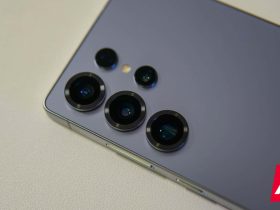


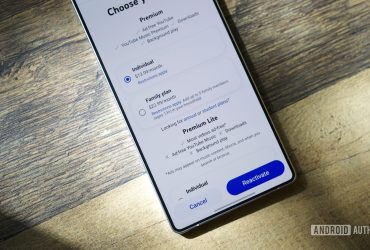

Leave a Reply
View Comments